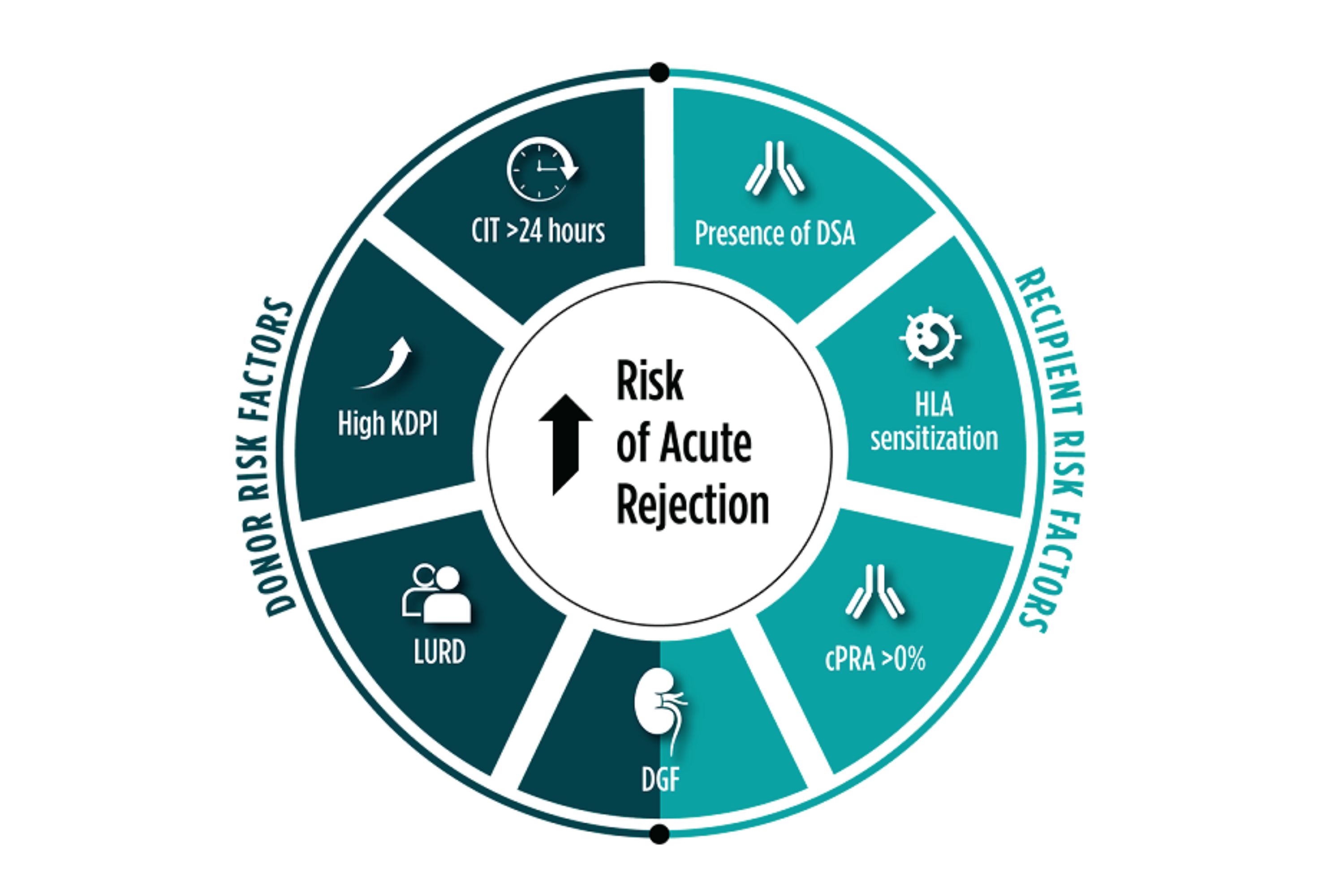Do you have a question? Want to learn more about our products and solutions, the latest career opportunities, or our events? We're here to help. Get in touch with us.

“OrganMatch is a lifechanging experience – everything we do in OrganMatch impacts someone’s life … This is a new life for a transplant recipient, to be off dialysis and have a functioning kidney.”
That’s how Narelle Watson, National Manager of OrganMatch at the Australian Red Cross Lifeblood describes the work of Australia’s world class clinical transplant system which facilitates the matching of recipients and donors for organ transplantation.
In the five years since OrganMatch launched, thousands of organ recipients and donors have been successfully matched, resulting in lifesaving transplants.
OrganMatch went live in 2019 after funding was allocated to replace the previous National Organ Matching System (NOMS), a relational database that was coming to the end of its useful life and had some limitations including the fact it was only available to the tissue-typing labs and did not provide any access for the clinicians involved in transplants.
“With the go-live of OrganMatch it was the first time we had a truly national system, and with AWS cloud underpinning it, it was secure, scalable and highly available.”
Where NOMS was a lab system only, OrganMatch provides much greater access and transparency, connecting clinicians, tissue-typing laboratories and donation coordination agencies with each other using real-time data.

“OrganMatch provides a transplantation portal for clinicians and people involved in donation coordination, and a donation portal so donation agencies can log in and get more information.”
Since 2017, Datacom has been privileged to work alongside the Australian Red Cross Lifeblood as the technical team helping to bring OrganMatch to life and refine the critical matching and allocation algorithms that underpin the system.
Today, this system supports over 100 solid organ transplants every month and the use of near real-time access to data analytics supports critical decisions that contribute to successful transplant outcomes.
The foundation for successful transplants is matching the right donor and recipient.
Humans have complex immune system designed to protect them from viruses and other foreign bodies that can make them ill.
“A transplant goes against all of that, where we are purposely introducing another person’s organs into our bodies. So compatibility testing is absolutely critical for transplants and OrganMatch is the tool that the tissue-typing labs use to do this,” says Watson.

“OrganMatch has to deliver optimal immunological matching and best practice allocation processes when assessing compatibility for solid organ transplantation.”
The algorithm needs to factor in multiple complex variables to identify the best match and reduce the risk of acute rejection.
“Using OrganMatch we can pull an initial list of patients that are compatible for transplant in under 30 seconds. With the old system this process used to take upwards of five minutes, and it was working through fewer parameters. Now it takes less than 30 seconds for the algorithm to find these initial matches. It’s an incredible speed.”
In the five years since OrganMatch launched, the team behind it have remained focused on driving the best outcomes for organ transplants in Australia and for the donor recipients waiting for these lifechanging surgeries.
This focus has seen changes and refinements to the algorithms over time, with the goal of achieving greater equity of access to transplantation (for example for sensitised patients and paediatric patients), improved utility of deceased donor kidneys, and improved immunological matches for younger patients to avoid sensitisation that could make future transplants more difficult.
Datacom continues to be Lifeblood’s technical partner, with agile squads working to deliver enhancements to the OrganMatch application and providing 24/7 AWS infrastructure support including cybersecurity, infrastructure licensing and optimisation services. The agile squads deliver enhancements to the OrganMatch application and infrastructure using code, and these enhancements are run under traffic light systems (red\amber\green) and delivered across UAT to production platforms under version control.
“The overwhelming feeling among the team who work on OrganMatch is that it is a privilege to be part of a project that is making such a tangible, positive impact in the lives of so many Australians. Our team is really motivated by the knowledge that our skills and technical expertise are ultimately helping enable the tissue-matching labs, the clinicians, the coordinators and the donor agencies to achieve successful transplant outcomes,” says Gerard Roche, GM Software Engineering at Datacom.
These days the Lifeblood team and Datacom work in bimonthly sprints and Watson says some relatively small changes can have a big impact on the way OrganMatch works and supports the different groups that use it.
One recent sprint task enabled the automated input of event outcome data into the transplant portal, ultimately improving processes, reducing admin and data handling, and decreasing workloads.
Another task has resulted in improvements in registration processes in the transplant portal, allowing patients to be listed more rapidly on the transplant waiting list.
Reflecting on OrganMatch’s origins and where it is now, Watson says “it was a massive project that went live on time and on budget” and since then it has had a profound impact on transplant rates in Australia and a lifechanging impact for thousands of organ donors and recipients and the people in their lives.